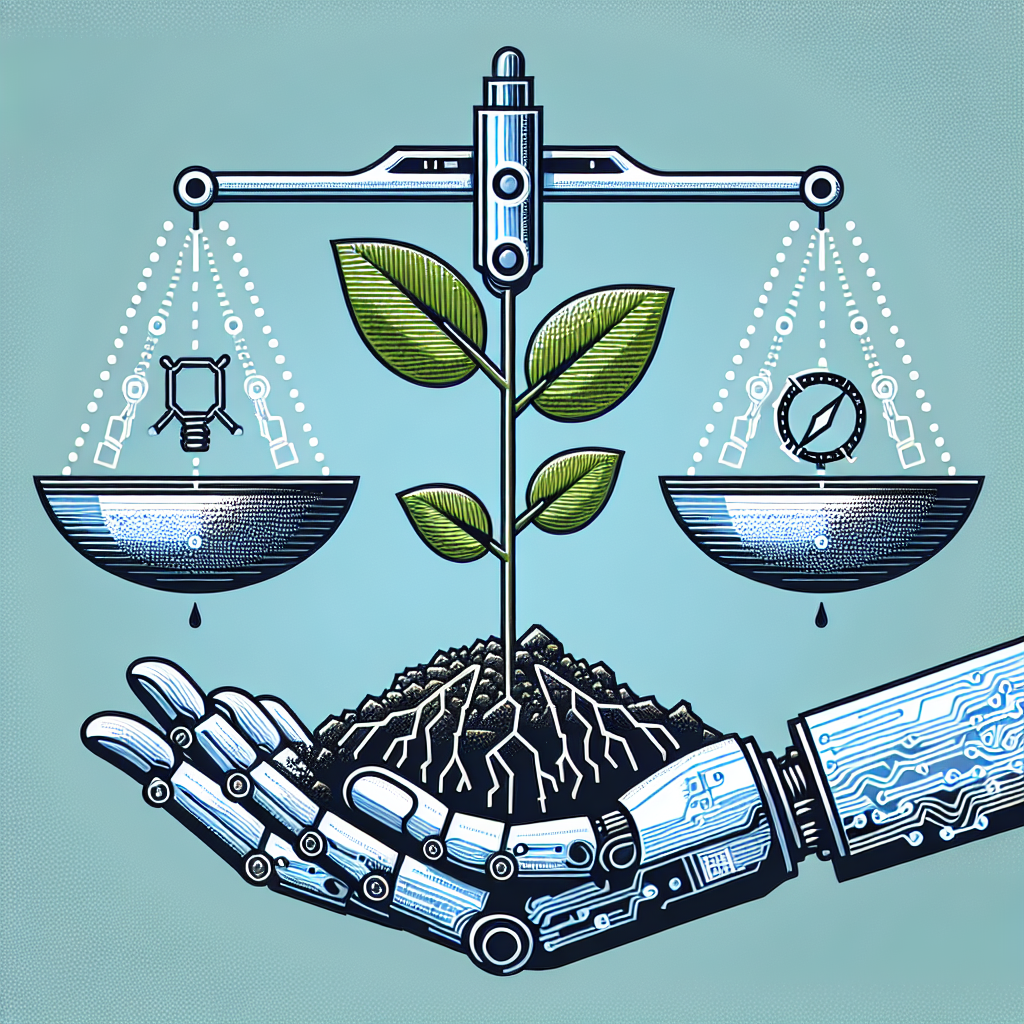Artificial Intelligence (AI) has become an integral part of disaster recovery and rehabilitation efforts around the world. From predicting natural disasters to assisting in relief operations, AI technologies have significantly improved the efficiency and effectiveness of response efforts. However, as AI continues to play a larger role in disaster recovery and rehabilitation, questions of ethics and accountability have come to the forefront. It is important to consider the ethical implications of using AI in disaster response to ensure that these technologies are used responsibly and ethically. In this article, we will explore the role of ethics in AI-powered disaster recovery and rehabilitation, and address some frequently asked questions about this topic.
The Role of AI in Disaster Recovery and Rehabilitation
AI technologies have been used in a variety of ways to aid in disaster recovery and rehabilitation efforts. One of the key ways that AI is being used is in predictive modeling for natural disasters. By analyzing data from past disasters and current environmental conditions, AI algorithms can predict the likelihood and severity of future disasters such as hurricanes, earthquakes, and wildfires. This early warning system allows for better preparation and response, potentially saving lives and minimizing damage.
In addition to predictive modeling, AI is also being used in disaster response efforts. For example, AI-powered drones can be used to survey disaster-affected areas and assess damage. These drones can provide real-time aerial imagery and data, allowing responders to quickly identify areas in need of assistance. AI algorithms can also be used to analyze this data and prioritize response efforts based on the severity of the damage.
Furthermore, AI technologies are being used to streamline the distribution of aid and resources in disaster-affected areas. By analyzing data on population density, infrastructure, and other factors, AI algorithms can optimize the delivery of food, water, and medical supplies to those in need. This ensures that resources are distributed efficiently and effectively, reaching the most vulnerable populations first.
Ethical Considerations in AI-Powered Disaster Recovery and Rehabilitation
While AI technologies have the potential to greatly improve disaster recovery and rehabilitation efforts, there are also ethical considerations that must be taken into account. One of the key ethical issues surrounding the use of AI in disaster response is the potential for bias in algorithms. AI algorithms are only as good as the data they are trained on, and if this data is biased or incomplete, it can lead to unfair or discriminatory outcomes.
For example, if an AI algorithm is trained on data that disproportionately represents certain populations, it may prioritize aid to those populations over others, regardless of need. This can exacerbate existing inequalities and disparities in disaster-affected areas. It is important for developers and users of AI technologies to be aware of these biases and take steps to mitigate them, such as diversifying the training data and regularly auditing the algorithms for bias.
Another ethical consideration in AI-powered disaster recovery is the issue of transparency and accountability. AI algorithms can be complex and opaque, making it difficult to understand how they make decisions. In disaster response efforts, where decisions can have life-or-death consequences, it is crucial that these algorithms are transparent and accountable. Users should be able to understand how the algorithms work and why they make certain decisions, and there should be mechanisms in place to challenge and appeal these decisions.
Furthermore, there is the ethical issue of privacy and data protection in the use of AI technologies in disaster recovery. AI algorithms often rely on large amounts of data, including personal information, to operate effectively. It is important that this data is collected and used responsibly, with proper consent and safeguards in place to protect individuals’ privacy. Additionally, there should be protocols for securely storing and disposing of this data once it is no longer needed.
FAQs
Q: How can we ensure that AI algorithms used in disaster recovery are unbiased?
A: One way to mitigate bias in AI algorithms is to diversify the training data used to develop these algorithms. By including a wide range of data representing different populations and perspectives, developers can reduce the risk of bias in the algorithms. Additionally, regular audits and reviews of the algorithms can help identify and correct any biases that may be present.
Q: How can we ensure transparency and accountability in AI-powered disaster recovery efforts?
A: Transparency and accountability can be ensured by making AI algorithms more interpretable and explainable. Developers should strive to create algorithms that are transparent in their decision-making processes and provide explanations for their decisions. Additionally, there should be mechanisms in place for individuals to challenge and appeal decisions made by AI algorithms.
Q: What are some ethical considerations around privacy and data protection in AI-powered disaster recovery?
A: It is important to obtain proper consent from individuals before collecting and using their data in AI-powered disaster recovery efforts. Additionally, there should be protocols in place for securely storing and disposing of this data once it is no longer needed. Data should be anonymized whenever possible to protect individuals’ privacy.
In conclusion, ethics play a crucial role in the use of AI technologies in disaster recovery and rehabilitation efforts. By considering the ethical implications of using AI in disaster response, we can ensure that these technologies are used responsibly and ethically, to the benefit of all those affected by disasters. It is important for developers, users, and policymakers to be aware of these ethical considerations and take steps to address them in order to maximize the positive impact of AI in disaster recovery and rehabilitation.

